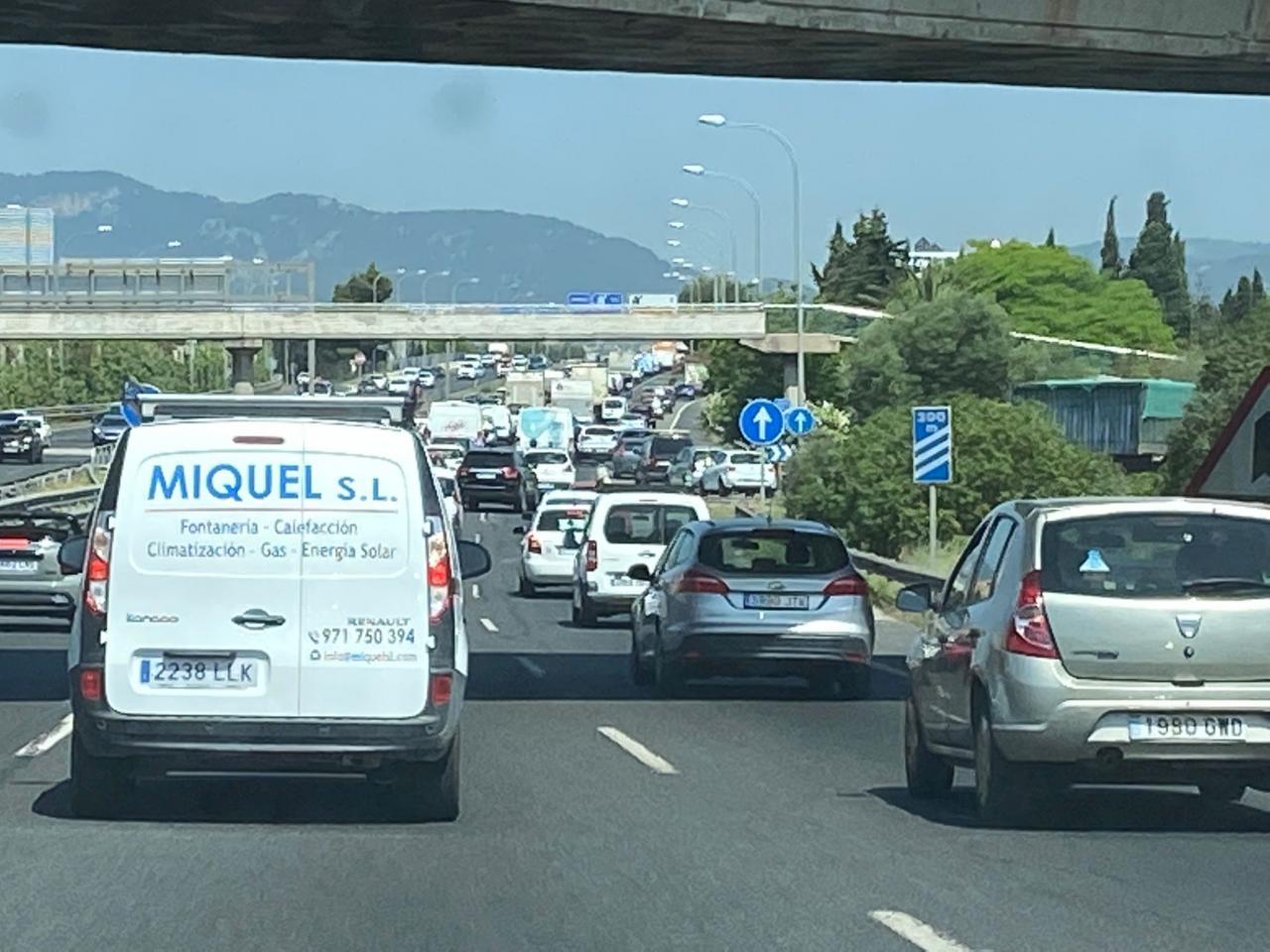The reduction in the speed limit was controversial, and it continues to be. Iván Sevillano, the councillor with responsibility for roads at the Council of Mallorca, says that there are times when "brave decisions" need to be made. Were opposition parties to win the next election ("which I hope won't happen"), he is "convinced" that they wouldn't eliminate the speed reduction. The Partido Popular were particularly vocal in their opposition.
The fact that there could have been 25 accidents involving injuries over the period when there was confinement and decreased activity lends further support to the Council's belief that a speed reduction was the right thing to do. While there still are accidents, Sevillano points to another apparent benefit from the reduction - ambulances are able to get to emergencies more quickly.
As well as cutting accidents, objectives are to lower pollution and noise. Five stations for monitoring emissions on the Via Cintura have yet to come into operation, but studies of noise indicate a general reduction of between five and seven decibels to below the 65 decibel recommendation of the World Health Organization.
The one area where there has been an increase is fines. Over the February to July period of 2019 there were sixteen fines for speeding. This year there were 139.


12 comments
To be able to write a comment, you have to be registered and logged in
Now your enter the Via Cintura much easier than before. I had preferred max speed to 90 Km/h, but 80 is the speed in the city. If it's good for the environment, noise, pollution, etc. it's ok. Well done City Hall!
John Law is totally correct. Unfortunately dashcams illegal here and therefore not admissible in court…if they changed that rule, you’d see less accidents…
Less speed = Less accidents, Less fuel used, Less Noise for those living nearby, Well done Mallorca.
Statistics can prove black is white, but the accidents on the roads here are caused more by driving too close together, at whatever speed......
Driving at speeds less than 120km is going to save lives no matter which way you look at it.
Feels so much safer too. Great decision to reduce the limit and hope its stays so
Hey Iván, if we reducd the speed to 40km/hr there will be even less accidents. I am not against some form of speed reduction, as the original 120km/hr was just a bit silly too. But 80....., Why not 90, like all the other main roads on Mallorca. I.e., I have to drive 80 on the Via Cintura, but can do 90 on the Carretera de Soller or Valldemosa, to name two. Let's hope Iván gets kicked out after PP and Vox win the next elections and someone with a brain makes a sensible decision to make the speed limit 90 or 100.
Well the speed limit dropped by 33% so you've got that much less traffic on the road. The no. of accidents dropped by only 28% so according to the amount of traffic on the roads there's a higher ratio of accidents?
Of course there will be less accidents, for a few hours each day it is just a car park. Emergency services can get to victims quicker , in non stop traffic jams, stop kidding us…. It is a disaster, politicians admit it ….
Of course there will be less accidents, for a few hours each day it is just a car park. Emergency services can get to victims quicker , in non stop traffic jams, stop kidding us…. It is a disaster, politicians admit it ….